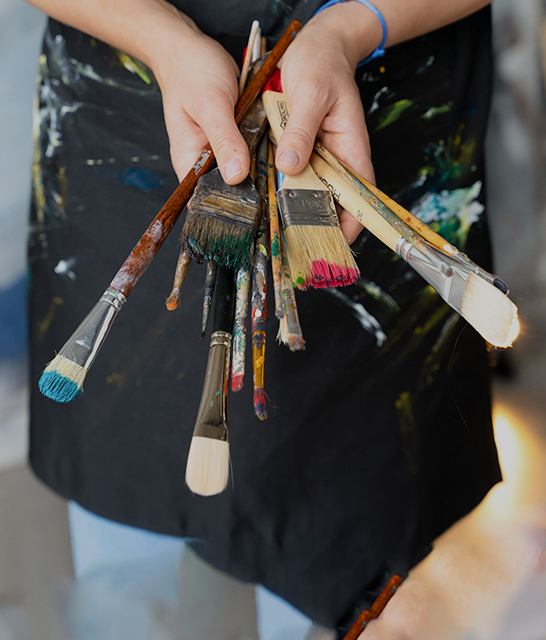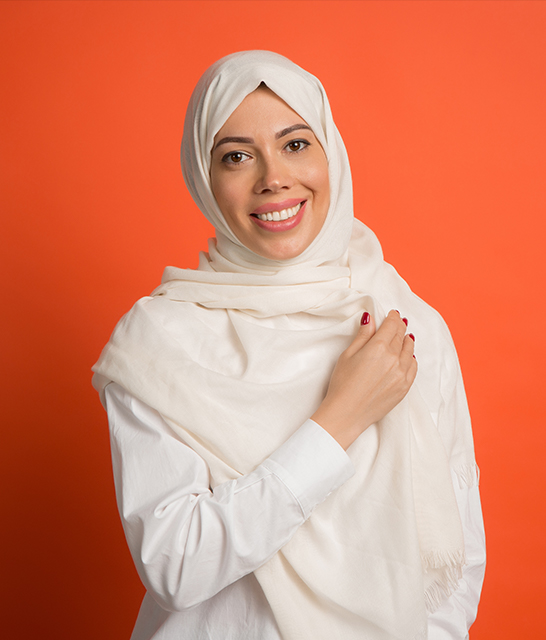Friday 17th May 2024
Open Monday - Saturday, 10am to 4pm
Friday 17th May 2024
Open Monday - Saturday, 10am to 4pm






Discover more about our Museum tours, incursions and curriculum aligned packages and professional development programs.
EDUCATION PORTALReceive the latest news about our exhibitions, special events, programs and offers.